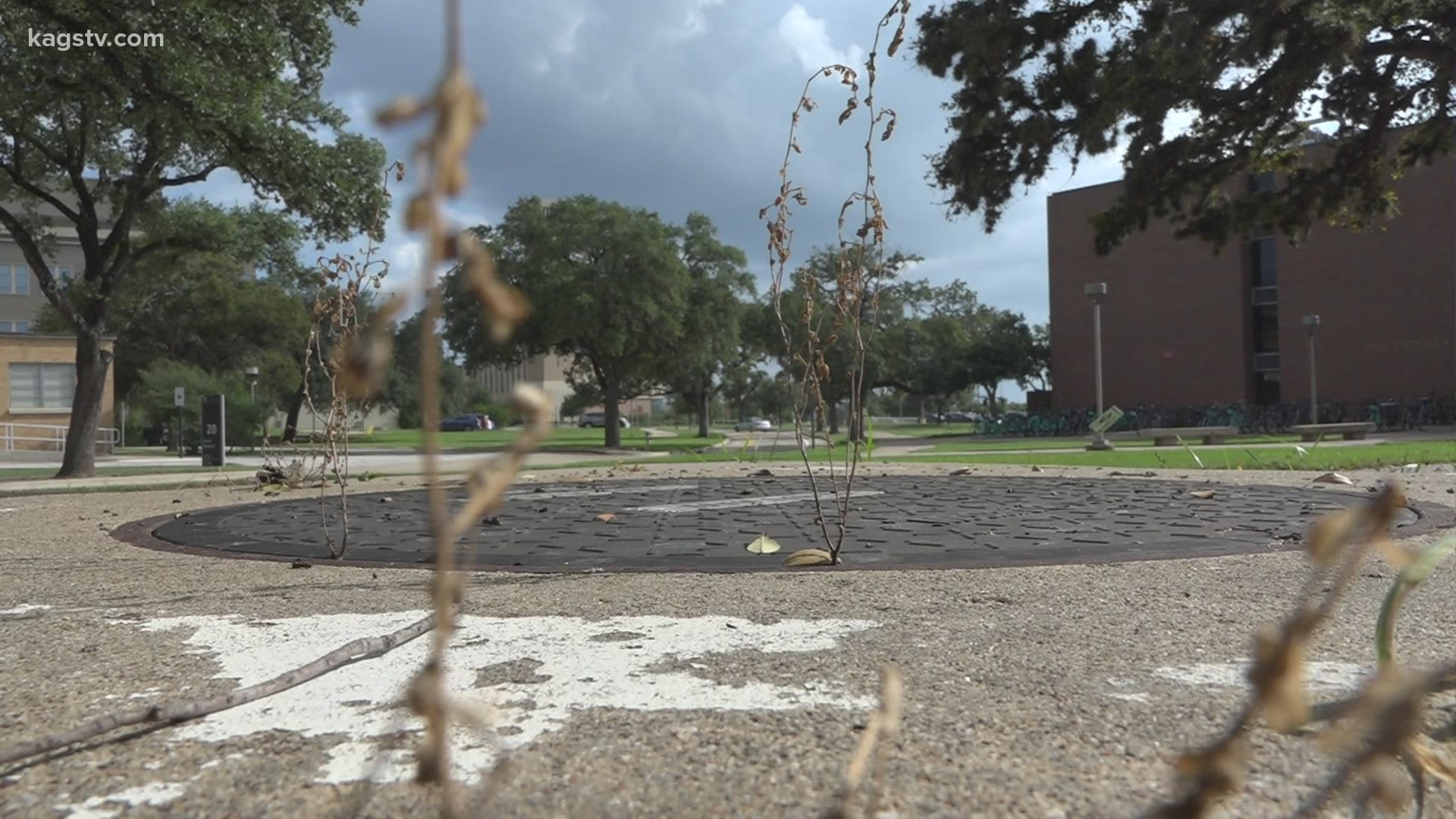COLLEGE STATION, Texas — Like a lot of universities Texas A&M has seen lots of COVID-19 cases on their campus.
Now, they’re using other ways to trace where certain cases or clusters start; beyond, or rather, below regular human testing.
The school is taking wastewater samples from sewage lines that feed out of several areas on campus to test and help trace where COVID-19 cases on campus originate from.
That's right. Sewage. The university is using a third party to get samples from 16 sewage sites on campus twice a week to test for traces of the virus that causes COVID-19.
“We are tracking the concentration of that within the samples to better inform the testing program for people,” said Shawn Gibbs, the Dean of the Texas A&M School of Public Health.“This allows us to target in on certain areas on campus to see if we’re seeing different trends within the wastewater and then react to those trends.”
It’s one of several tracing methods for A&M, and really, no cluster that has been found on campus can be directly attributed to sewage testing.
The university is already using their findings to adjust their random testing program, focusing on certain areas on campus.
There is still a lot to learn though.
“We know the virus is found in the wastewater," Gibbs said. "But we don’t know if it’s a sign of current infection. It could just be a result of people shedding virus as their overcoming the infection.”
The sewage testing is effective though, and Texas A&M will keep going with the flow as long as they need to.
A&M is part of a group of universities exploring sewage testing on their campuses. And they’re happy about the team effort to continue testing sewage and of course people on campus.

